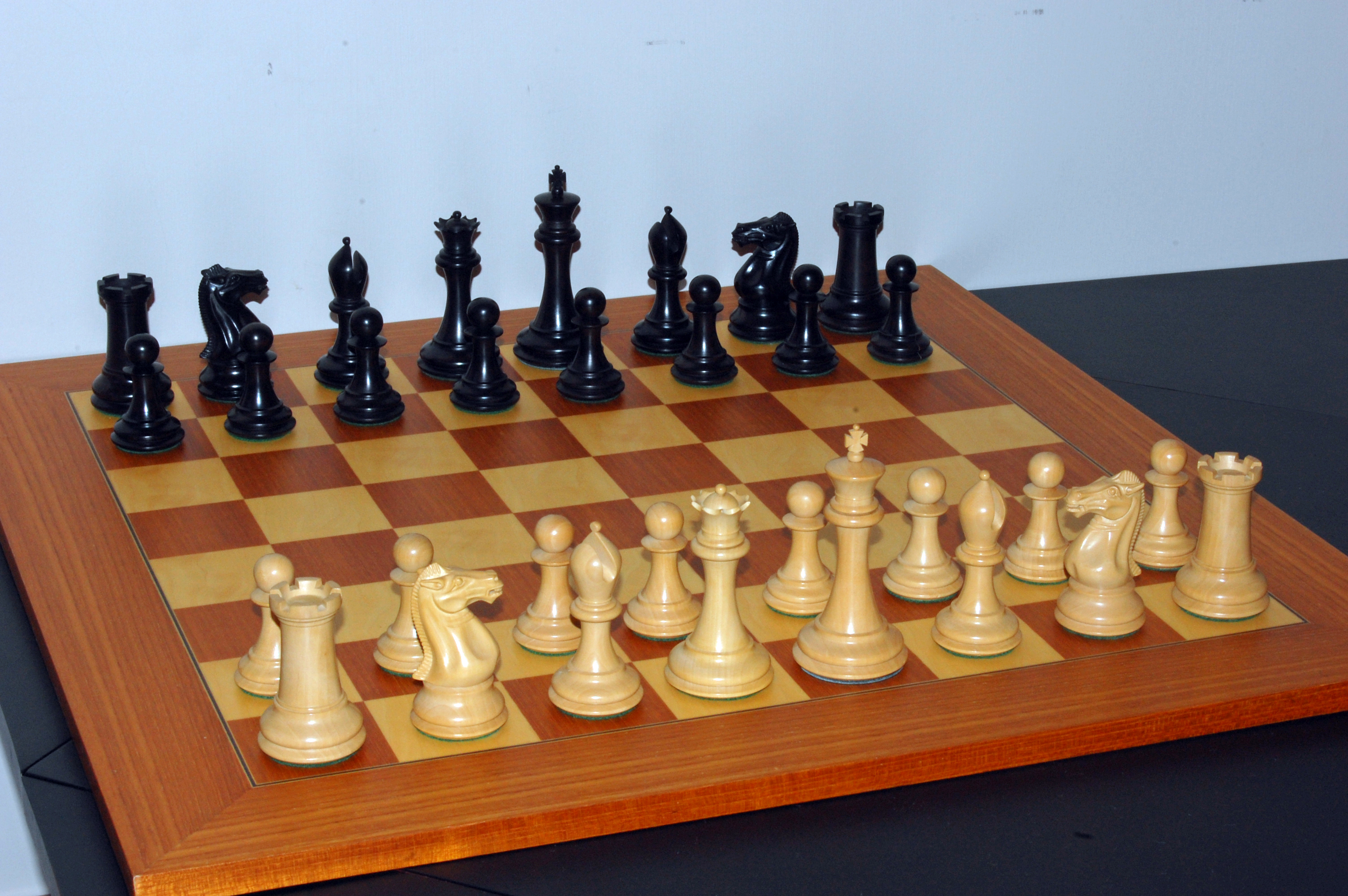Chess and the Axiomatic Systems
Before playing any game, we must follow certain rules. In a basketball game, certain ways of holding or blocking opponent players call for a foul, while in boxing, the opposing players must at least be on the same weight class during the weigh-in the day before the fight.
For mathematical discussion, let us examine the rules in playing chess. These are the basic rules in chess, they are not complete, but we will use them for the sake of discussion:
- Chess is played between two players. The players play on an 8 by 8 board, with 64 unit squares, in alternating colors, which are usually black and white.
- Both players have the same number of chess pieces – 16 to be exact. One player plays white and the other player plays black.
- The 16 pieces composed of eight Pawns, a King, a Queen, two Bishops, two Knights, and two Rooks.
- Each piece has its own unique move and way of capturing. The pawns, for instance, move forward one step except the first move where you can choose to forward two squares, and may capture the opponent’s piece one square diagonally. Click here for details.
- Before the player begins, the pieces and the board must be positioned as shown in the figure above.
- The players move in alternates (white first to open the game) to defend its pieces (especially the King) while attacking and trying to capture the opposite player’s pieces.
- Whoever captures the opposite player’s King wins the game.
As we can see, before we play chess, we must know certain rules to start with. In mathematics, this is somewhat similar to what we call axioms. An axiom is a statement – something that we should start with – that does not need a reason, something that we accept without proof. This is because if everything is to be proven, since every proof consists of bits and parcels of logical statements, then each of the statements in the proof will have to be proven. And this scenario goes on and on forever.
Axioms are the same as assumptions, or basic intuitive knowledge, which are most of the time independent from each other. In the game of chess, the moves of the pieces are independent from each other. The move of the bishops has nothing to do with the move of the rooks.
In Euclidean Geometry, there are five original axioms where all the theorems where built on. Here are the original axioms:
- A line can be constructed using any two points.
- A circle can be constructed given any center and any radius length.
- A line can be extended infinitely on both sides.
- All right angles are equal.
- Given two parallel lines and a transversal, the angle on the interior on same side of the transversal add up to 180 degrees.
Axiomatization has been done, and efforts of mathematicians to axiomatize mathematics continue for a simple reason that an axiomatic system is supposed to be free from contradictions. Some of the axioms of addition in algebra are the following:
- Closure: For any real numbers a and b, a + b is also a real number.
- Associativity: For any real numbers a, b, and c, (a + b) + c = a + (b + c).
- Communtativity For any real numbers a and b, a + b = b + a
- Distributivity of multiplication over addition. For any real numbers a, b, and c, a (b + c) = ab + ac and by commutativity the same as (b+c)a = ba + ca.
- Existence of additive identity 0. There is a number 0 such that a + 0 = 0 + a = a.
In axioms 1 to 3 of algebra, we can just replace the operation with multiplication and we have our axioms for multiplication. The identity element of multiplication is 1, since a(1) = 1(a) = a. Of course, there exists an inverse element on both operations, and other axioms exist such as reflexivity, symmetry and transitivity and so on, but we will not discuss further since this is discussed in elementary algebra courses.
Photo Credit: Chess Starting Position by Wikimedia Commons
